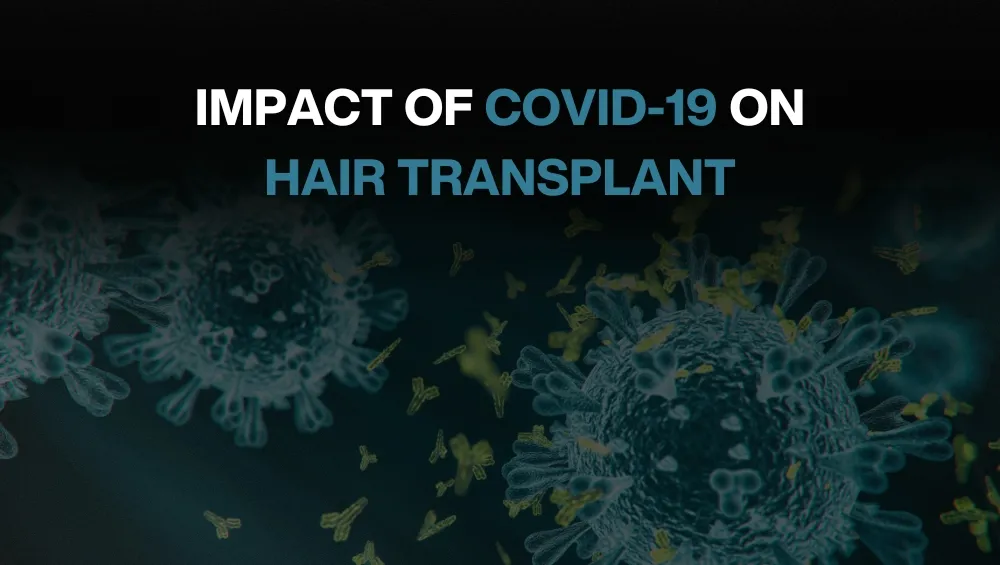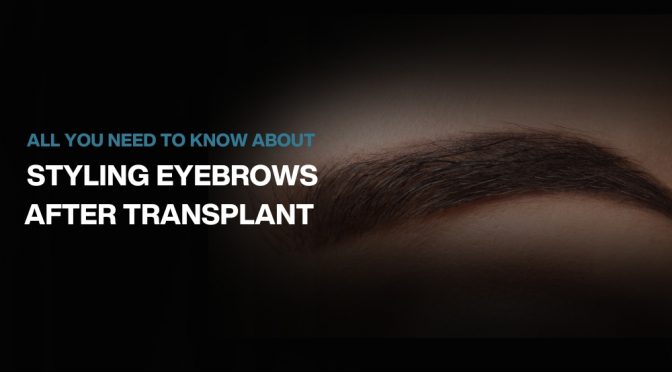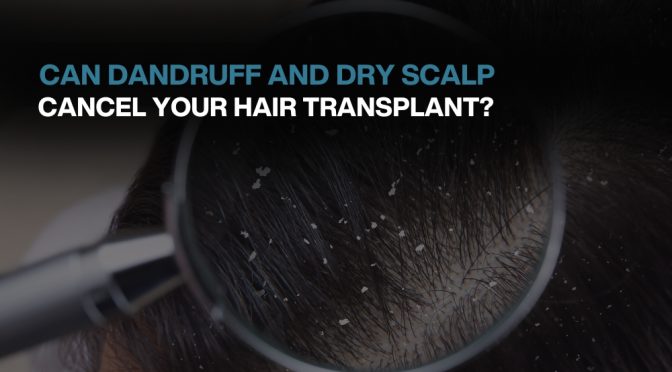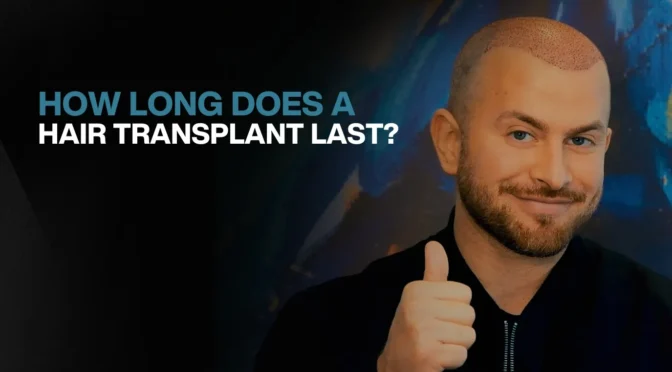The Covid-19 pandemic has had far-reaching impacts on our lives, from the way we live and work to the way we access healthcare. Hair transplant surgery is no exception, as the pandemic has significantly impacted the industry. We’ll explore how Covid-19 has impacted hair transplant surgery, the benefits, and risks of the procedure, the safety precautions that should be taken during this time, and alternative treatments for hair loss.
Introduction
Hair transplant surgery is a procedure that has been used for many years to help people with hair loss. It is a relatively safe and effective way to restore hair and improve a person’s appearance. The covid-19 pandemic has had a significant impact on the industry, as clinics have had to adjust their practices to comply with safety protocols. We will explore the impact of Covid-19 on hair transplant surgery and provide some tips for people considering the procedure.
What is Hair Transplant Surgery?
Hair transplant surgery is a procedure that involves taking healthy hair follicles from one area of the head and transplanting them to another. This helps to restore hair in areas of the head that are balding or thinning. The procedure is performed by a qualified surgeon and can be done using a variety of techniques, depending on the individual’s needs.
The most common technique used for hair transplant surgery is called follicular unit extraction (FUE), in which individual hair follicles are removed from the donor area and placed in the recipient site. This procedure is minimally invasive and has minimal downtime for patients.
How Covid-19 Has Impacted Hair Transplant Surgery
The Covid-19 pandemic has had a significant impact on hair transplant surgery, as many clinics have had to adjust their practices to comply with safety protocols. Some of the changes that have been implemented include, screening patients for Covid-19 before the surgery is performed. Also an increase in social distancing measures in the waiting room and during the procedure.
These changes have been implemented to ensure the safety of patients and staff, as well as to comply with local and state regulations. As a result, many clinics are now operating at reduced capacity, causing delays in treatments and appointments.
The Benefits of Hair Transplant Surgery
Hair transplant surgery has many benefits for those suffering from hair loss. The procedure can help restore hair in balding or thinning areas, resulting in a more youthful appearance. Additionally, the results of the process are permanent and natural-looking.
In addition to the aesthetic benefits, hair transplant surgery can also help improve a person’s self-confidence. Many people with hair loss feel self-conscious about their appearance and can experience feelings of anxiety or depression. Hair transplant surgery can help to restore a person’s self-confidence and improve their overall quality of life.
The Risks of Hair Transplant Surgery
As with any medical procedure, there are potential risks associated with hair transplant surgery. These risks include infection, scarring, and permanent damage to the scalp. The results of the procedure may not be what the patient expects, as the hair may not grow as thick or as full as anticipated.
It’s important to discuss the risks of the procedure with your doctor before undergoing hair transplant surgery. Your doctor can advise you on the potential risks and help you make an informed decision.
The Impact of Covid-19 on Hair Transplant Surgery
The Covid-19 pandemic has had a significant impact on the hair transplant industry. Many clinics have had to adjust their practices to comply with safety protocols, resulting in reduced capacity and longer wait times for treatments and appointments.
Additionally, the increased focus on telemedicine has made it more difficult for patients to receive in-person consultations and advice. This can make it difficult for patients to get the information they need to make an informed decision about the procedure.
Safety Precautions for Hair Transplant Surgery During Covid-19
If you are considering hair transplant surgery, it is important to be aware of the safety precautions that should be taken during this time. This includes:
• Pre-screening for Covid-19. Many clinics are now requiring patients to be tested for Covid-19 before the procedure is performed.
• Wearing PPE. Both patients and staff should wear PPE during the procedure to reduce the risk of transmission.
• Social distancing. Patients should practice social distancing in the waiting room and during the procedure to reduce their risk of exposure.
• Sanitization. All surfaces and equipment should be sanitized before and after use to reduce the risk of infection.
By following these safety precautions, you can help keep yourself and others safe during the procedure.
The Aftereffects of Covid-19 on Hair Transplant Surgery
The Covid-19 pandemic has had a lasting impact on the hair transplant industry. Many clinics are operating at reduced capacity, resulting in longer wait times for treatments and appointments. Additionally, the increased focus on telemedicine has made it more difficult for patients to get the information they need to make an informed decision about the procedure.
It is important for patients to be aware of the potential aftereffects of the pandemic on the industry and to be prepared for longer wait times and fewer in-person consultations.
Hair Loss Treatment Alternatives
Hair transplant surgery is not the only option for those suffering from hair loss. There are a variety of other treatments that can help to restore hair and improve a person’s appearance. These treatments include medications, creams, and laser therapy.
Medications, such as minoxidil, can help to slow the progression of hair loss and stimulate new growth. Creams can help to nourish the scalp and promote healthy hair growth. Laser therapy can help to improve scalp circulation and stimulate new growth.
These treatments can be used alone or in combination with hair transplant surgery to achieve the desired results. It is important to discuss all of your options with your doctor before choosing a treatment plan.
Conclusion
The Covid-19 pandemic has had a significant impact on the hair transplant industry. Many clinics have had to adjust their practices to comply with safety protocols. It is important for patients to be aware of the potential aftereffects of the pandemic on the industry and to be prepared for longer wait times. Additionally, patients should take safety precautions to reduce their risk of exposure during the procedure.
Hair transplant surgery is a safe and effective way to restore hair in balding or thinning areas. It is important to discuss the potential benefits and risks of the procedure with your doctor. There are a variety of other treatments, such as medications, creams, and laser therapy, that can be used to restore hair and improve a person’s appearance.
It is important to take the time to research your options and discuss them with your doctor before making a decision. By doing so, you can ensure that you make an informed decision about your treatment plan and get the results you desire. By doing so, you can help to ensure your safety and the safety of those around you.



